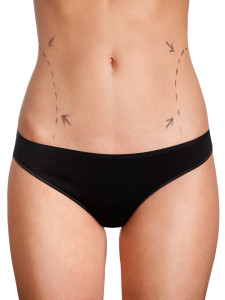 Liposuction is a fat reducing procedure normally associated with eliminating love handles or a muffin top, and other primarily cosmetic concerns. But a lesser known use for liposuction might be to treat certain health issues, like the potentially serious condition known as lipedema.
Liposuction is a fat reducing procedure normally associated with eliminating love handles or a muffin top, and other primarily cosmetic concerns. But a lesser known use for liposuction might be to treat certain health issues, like the potentially serious condition known as lipedema.
Lipedema is a chronic tissue disorder believed to be genetic. It occurs almost exclusively in women, and causes the legs to store a disproportionate amount of fatty tissue. Lipedematous fat takes on irregular patterns and can sometimes develop a textured appearance similar to that of a tree trunk. Unlike most fat, lipedematous fat cannot be reduced with diet or exercise, and can grow to the point of being immobilizing.
How Lipo Can Help
In the case of a patient suffering from the immobilizing effects of lipedema, liposuction can be a medical solution [/url]. By reducing lipedematous fat stored in the legs, arms, and torso, liposuction can help patients regain not only their independence, but also their quality of life.
Because lipedema can be worsened by the effects of general anesthesia, liposuction for the purpose of treating lipedematous fat should always be performed under local anesthesia. Additionally, since fat in the legs is usually quite fibrous and can be difficult to remove, it’s important to seek out an experienced cosmetic surgeon to perform the procedure.
The combination of local anesthetic and epinephrine, both of which are included in the saline solution used during tumescent liposuction, help to shrink the fat capillaries. In turn, this lets cosmetic surgeons effectively remove fat from treatment areas to allow for increased mobility, as well as an improved physical appearance and improved sense of self-image.










